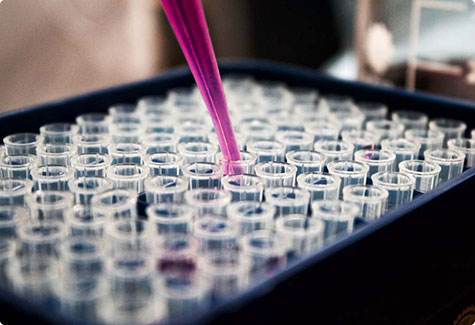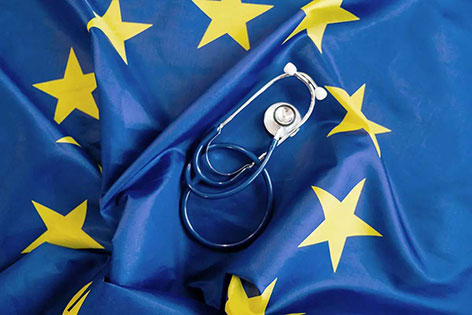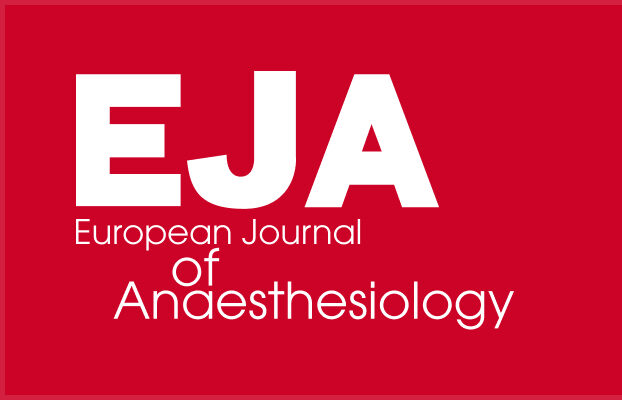Newsletter 2025
Living, Learning, and Leading in Trauma Care
My Exchange Programme Story from Italy
My name is Tiago Miguel Cardoso and I’m currently a fifth-year anaesthesia resident in Unidade Local de Saúde de Santo António, an Academic Hospital related to the Faculty of Medicine of Instituto de Ciências Biomédicas Abel Salazar (ICBAS) and an accredited ATAIC centre since 2013.
Since the start of my medical career, I have always been interested in trauma. After completing the European Trauma Course (ETC) and being selected as a potential instructor candidate, I realised that gaining experience abroad would be vital for my growth both personally and as a medical provider.
While thinking about different options, I came across the ESAIC Exchange Programme (EP) and since the beginning, the Trauma Reference Center in ASST Sette Laghi – Ospedale di Circolo e Fondazione Macchi di Varese Host Centre seized my attention.
I started my TEP in May 2024 and stayed for two months in a Trauma Intensive Care rotation, in Terapia Intensiva Polivalente (TIP), coordinated by Dr. Dario Gasberti and directed by Professor Luca Cabrini. The rotation dynamics involved a follow up of the trauma cases in a very close and friendly contact with the doctors and participation in two or three rounds discussing patient clinical evolution and therapeutic strategies.
During the rotation, I had the opportunity to learn about trauma patient management strategies, including trauma assessment methods and scoring systems, sedation protocols, mechanical ventilation techniques in different clinical settings, point-of-care clinical ultrasound procedures which included cardiac, lung, goal-directed fluid therapy ultrasound and even optic nerve sheath diameter measurement in cases of traumatic brain injury. Moreover, I followed several cases of advanced airway management including bronchoscopy procedures and percutaneous tracheostomies. Additionally, I gained more knowledge in different pain control techniques, including peripheral nerve blocks.
In addition to the daily clinical work, I frequently attended meetings where clinical cases were discussed and presented, and updates on various trauma-related topics were shared. I also had the opportunity to attend a lecture on mechanical ventilation and recruitment manoeuvres delivered by Dr. Giorgio Lotti, a renowned expert in the field. Furthermore, I participated in a basic and advanced airway management course, which covered a range of techniques and strategies for managing complex airway situations and attended a cardiovascular emergencies course, which included a focus on the management of cardiac arrest, providing valuable insights into resuscitation and post-cardiac arrest care.

I was particularly interested in following the trauma team in the emergency room, since it’s one of my scopes of practice in Portugal, both in a hospital and extra-hospital setting. I valued the opportunity to observe the team’s organised approach performing the primary survey and doing point-of-care procedures such as E-FAST ultrasound and applying patient blood management strategies, including ROTEM® and even cell-saver during damage control surgery, in cases that I also followed in the operating theater. Furthermore, I observed advanced trauma procedures, such as resuscitative thoracotomy, in a case of traumatic cardiac arrest and participated in the debriefing session.
In addition to the clinical experiences, I had the opportunity to visit extra-hospital services, the AREU (Azienda Regionale Emergenza Urgenza), including the 112-dispatch center, SOREU (Sale Operative Regionali dell’Emergenza Urgenza), Automedica “Physician car” and HEMS (Helicopter Emergency Medical Services). This visit was kindly organised by Dr. Giuliano Zocchi, the trauma team coordinator, and provided valuable insights into the Italian extra-hospital emergency care system.
In addition to the valuable clinical experiences, I had the opportunity to immerse myself in the rich gastronomic, sociocultural and outdoor aspects of the beautiful region of Lombardy. I am very grateful for the opportunity to participate in the TEP at Ospedale di Circolo in Varese. I would like to thank all staff members for their kind support, guidance, and enriching clinical discussions. I especially appreciated the genuine sharing of their knowledge and expertise. I extend my special thanks to Professor Paolo Severgnini for all the kindness, support and availability and Professor Luca Cabrini for hosting me in their department and providing me with invaluable opportunities to learn and grow.
Author
- Tiago Miguel Cardoso, 5th year anaesthesia resident, Unidade Local de Saúde de Santo António










